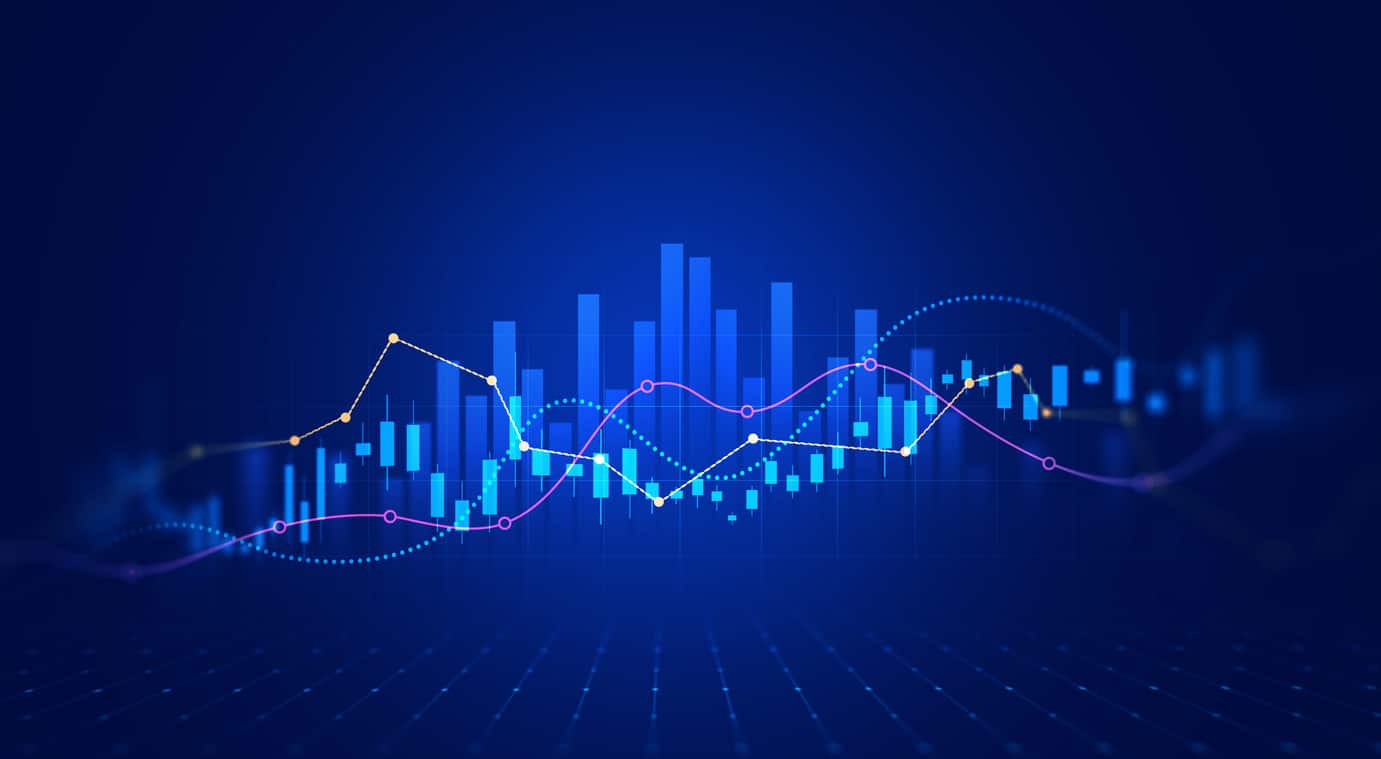Measuring and Reporting on Supply Chain Sustainability the Right Way
Kasey Nolan
February 22, 2024

In an era where sustainability is not just a buzzword but a strategic imperative, the supply chain plays a pivotal role in shaping an organization’s environmental and social footprint. Here are some ways to guide your business on the essential aspects of measuring and reporting sustainability within the supply chain, focusing on data management, goal and metric definitions, and adherence to reporting standards.
Data Management: Unraveling the Threads of Sustainability
In the intricate web of supply chain operations, data serves as the thread that weaves together the fabric of sustainability. Comprehensive data management is essential for measuring, monitoring, and optimizing sustainability initiatives within all aspects of your organization’s supply chain.
The first step in sustainable data management is collecting relevant information across the organization. Some examples of this data include energy consumption, water usage, waste generation, emissions, and social impact factors such as labor practices and community engagement. The challenge, however, is gathering data from diverse sources—including suppliers, manufacturers, logistics partners, and internal operations. Strategies for overcoming this include implementing data-sharing agreements with vendors, conducting regular audits, and leveraging emerging technologies like Internet of Things (IoT) sensors, blockchain, and the API integration capabilities of your data platform to track and trace environmental and social performance throughout the supply chain.
Once collected, sustainability data must be organized coherently and structured to facilitate fast analysis and decision-making. This means establishing a clear taxonomy and data schema that categorizes information according to relevant sustainability indicators, like carbon emissions or waste generation. This is where data visualization tools and dashboards come in handy because they will help present the information in a user-friendly format.
Defining Goals and Metrics: Charting a Course for Sustainable Success
Once the data is collected and integrated, the next step is to establish goals and metrics for meaningful action and measurable progress. By breaking down silos and integrating data from various departments, sources, and stakeholders, organizations can gain a comprehensive understanding of their environmental and social impact across the entire supply chain. This integrated approach allows you to identify and establish goals that address the most significant areas of opportunity and risk.
Implementing policies to act on the data requires a strategic and proactive approach that aligns with your defined goals and metrics. Best practices include setting ambitious, yet achievable, targets based on data-driven insights and industry benchmarks. These targets should provide clear direction and accountability for sustainability efforts. Additionally, your organization should develop policies and procedures to track progress toward these targets, leveraging technology and data analytics to monitor performance in real-time to course correct as needed.
Establishing a culture of continuous improvement and accountability is essential, with regular reviews and updates to policies and targets based on evolving data insights and stakeholder expectations.
Reporting Standards: Navigating the Landscape of Transparency
Established reporting frameworks such as the Global Reporting Initiative (GRI) and the Sustainability Accounting Standards Board (SASB) play a crucial role in guiding organizations toward transparent and consistent sustainability reporting. These frameworks provide comprehensive guidelines and standardized metrics for measuring and disclosing environmental, social, and governance (ESG) performance.
Adhering to recognized reporting standards helps organizations enhance credibility and comparability in the eyes of stakeholders—including investors, customers, employees, and regulators. Consistent reporting enables investors to make informed investment decisions, customers to make ethical purchasing choices, and regulators to enforce compliance with environmental and social regulations.
The emergence of integrated reporting represents a paradigm shift in how organizations disclose their performance and make holistic decisions, moving beyond traditional financial metrics to encompass broader value creation for all stakeholders. Integrated reporting seeks to present financial and sustainability performance cohesively, acknowledging the interconnectedness between financial success and environmental and social impact.
By integrating financial and non-financial data into a single, comprehensive report, organizations can provide stakeholders with a holistic view of their long-term value-creation strategy. Integrated reporting encourages a more balanced and sustainable approach to business decision-making, where financial considerations are complemented by environmental and social considerations. As organizations increasingly recognize the importance of holistic value creation, integrated reporting, and integrated data in general, is the key for communicating sustainability performance and demonstrating long-term resilience and viability.
Integration is Hard, but Actian Can Help
The Actian Data Platform offers invaluable capabilities to companies striving to enhance their ESG efforts and reporting accuracy. By providing a unified platform for data management, integration, and analytics, Actian empowers organizations to access, analyze, and leverage sustainability-related data from across the entire supply chain in real-time.
With these real-time insights into key ESG metrics, your company can make informed decisions that drive sustainable practices and optimize resource usage. Actian’s advanced integration capabilities empower your organization to identify trends, patterns, and opportunities for improvement, facilitating proactive interventions to minimize environmental impact and maximize social responsibility. Moreover, by streamlining data collection and aggregation, Actian enhances confidence that sustainability reports are comprehensive, accurate, and timely, bolstering credibility and trust with stakeholders.
Measuring and reporting sustainability in the supply chain requires a strategic and holistic approach. By mastering data management, defining clear goals and metrics, and adhering to reporting standards, businesses can not only enhance their environmental and social impact but also build trust with stakeholders. By making data easy, the Actian Data Platform enables you to drive and monitor sustainability initiatives across your entire supply chain.
Subscribe to the Actian Blog
Subscribe to Actian’s blog to get data insights delivered right to you.
- Stay in the know – Get the latest in data analytics pushed directly to your inbox.
- Never miss a post – You’ll receive automatic email updates to let you know when new posts are live.
- It’s all up to you – Change your delivery preferences to suit your needs.


